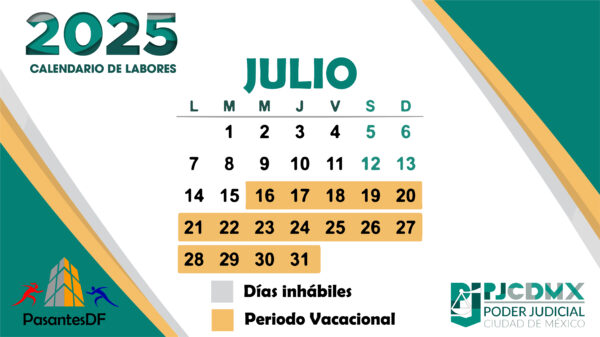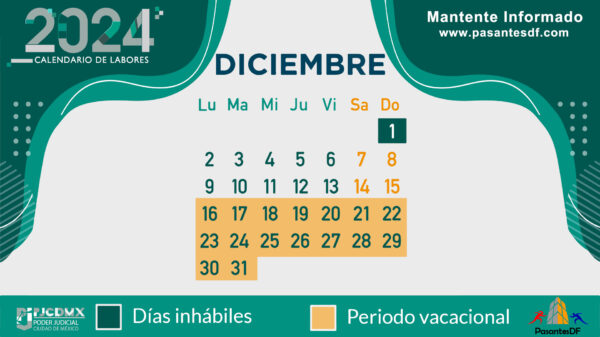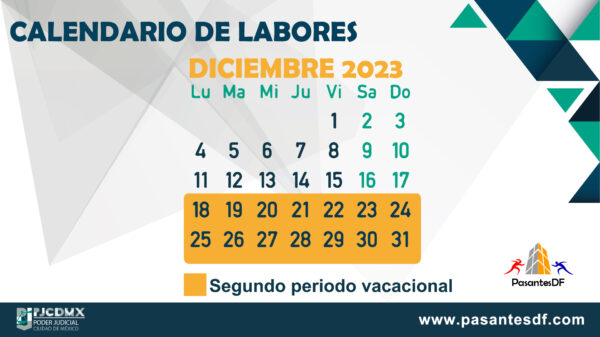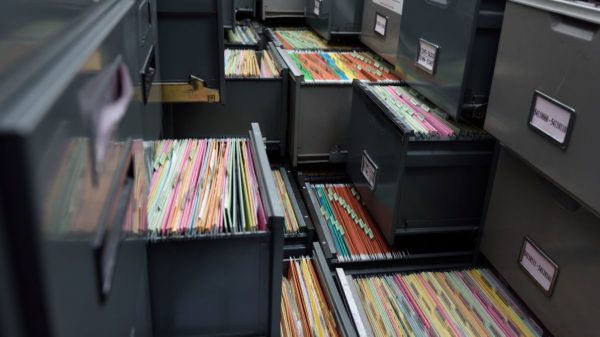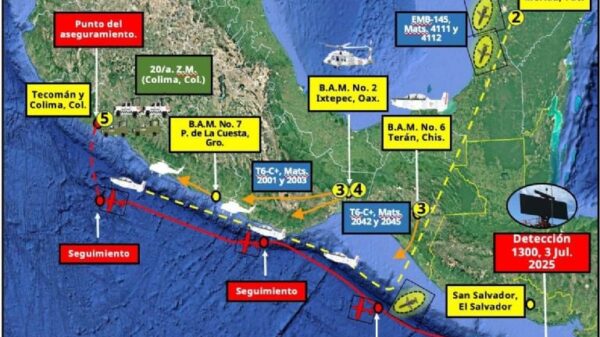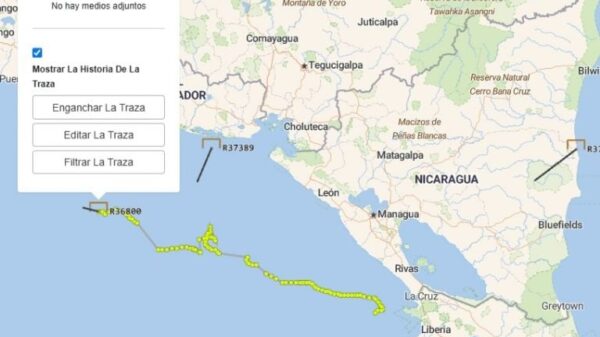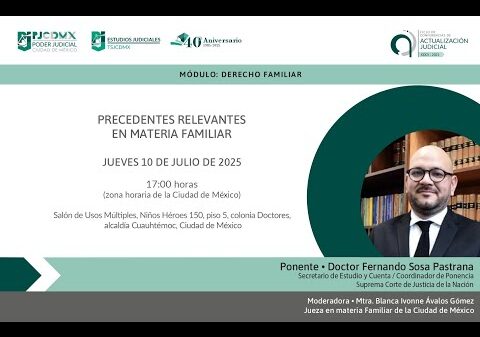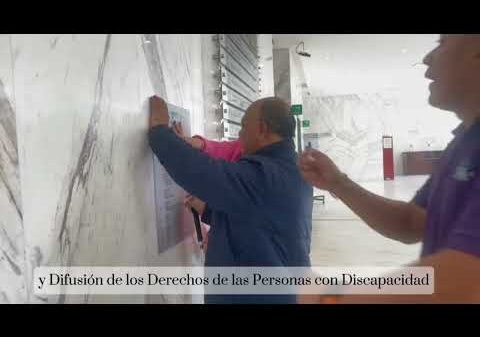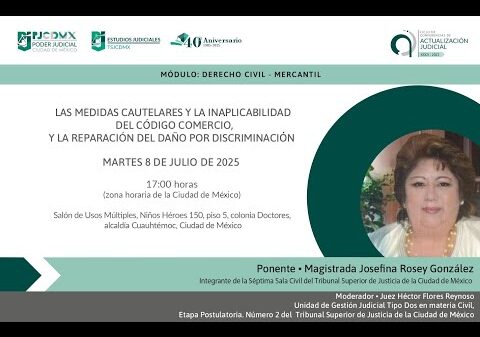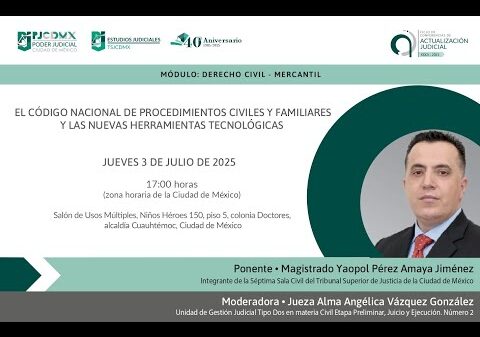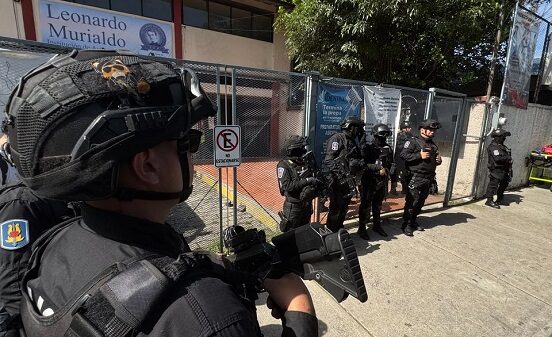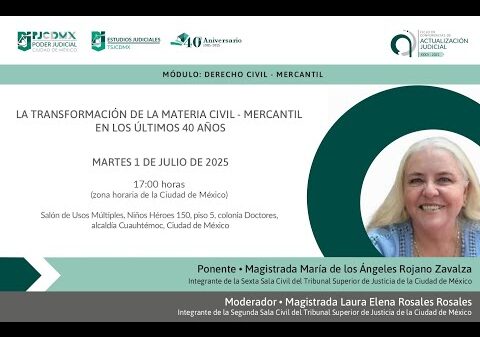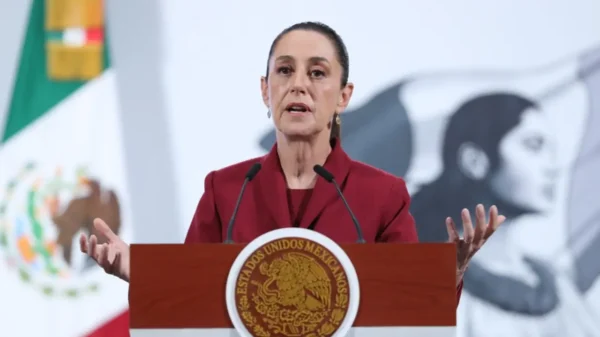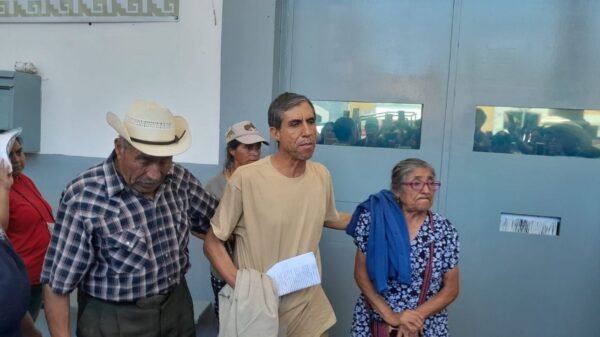Contenido
Crimen Organizado
Narcotraficantes mexicanos usan remesas para lavar dinero, asegura Reuters
El Cártel de Sinaloa y el CJNG reclutan a civiles para mover a México las ganancias ilícitas obtenidas en Estados Unidos, señala un reportaje de la agencia británica.

CIUDAD DE MÉXICO (apro).— Un ejército de civiles reclutados por el Cártel de Sinaloa y otros grupos delincuenciales mexicanos ayudan a mover a México las ganancias ilícitas por la venta de drogas obtenidas en Estados Unidos mediante el envío de remesas, asegura un reportaje publicado por la agencia británica Reuters.
El plan aprovecha la vasta red legal de empresas de transferencia de dinero que ayudan a los trabajadores migrantes en Estados Unidos a enviar dinero a sus familias, detalla la investigación.
Reuters relata el caso de una mujer mexicana que recibe miles de dólares en Culiacán y que después de retirarlos los deposita en dos bancos. La particularidad es que la mujer no conoce ni a la persona que le envía el dinero ni a los dueños de las cuentas donde las depositó.
Ella cobra por simular que se trata de un envío legítimo. Y no solo recibe dinero por retirar los dólares, sino también por reclutar a otras personas que participan del mismo modus operandi, no cantidades muy altas ni con tanta frecuencia como para alertar a las autoridades financieras.
De hecho, la mujer asegura que ni siquiera conoce a quienes la contrataron y que todas las instrucciones son por teléfono o mensajes de WhatsApp.
A medida que las remesas legítimas se han disparado en México, se ha vuelto cada vez más fácil para los cárteles disfrazar sus ganancias ilícitas en pequeñas transferencias enviadas a personas promedio en todo México sin vínculos conocidos con el crimen organizado, según funcionarios de seguridad de Estados Unidos y México citados por Reuters.
Hasta el 10% de todas las remesas a México puede ser dinero de la droga movido por organizaciones como el Cártel de Sinaloa y el Cártel Jalisco Nueva Generación (CJNG), dice un funcionario estadunidense que pidió el anonimato por no estar autorizado a hablar sobre el tema, asegura la agencia británica.
Reuters cita además un informe de marzo de la organización no gubernamental mexicana Signos Vitales,la cual calculó que al menos 4 mil 400 millones de dólares o el 7.5% de las remesas enviadas a México el año pasado, podrían provenir de actividades ilegales.
Reuters asegura haber entrevistado a dos docenas de residentes en México que dijeron que el Cártel de Sinaloa les había pagado para recibir remesas y, luego, entregar el dinero a sus operadores.
uD83DuDCB5 How Mexico’s narcos are wiring billions in US drug profits home: @specialreports visited the Mexican state of Sinaloa, where some residents admitted to cashing remittances from the US for the Sinaloa Cartel, for a small cut of the proceeds https://t.co/GzJklL3T5O
— Reuters (@Reuters) August 18, 2023
Comentarios
Otras Noticias
Cortesía de Proceso.

Dejanos un comentario:





